Algeria travel tips
Algeria travel tips: In North Africa, is known for its diverse landscapes, Sahara Desert, ancient history, and vibrant cultural heritage.
Provinces 🌎
Algeria travel tips. Here is a list of all the provinces of the Algeria.

Adrar

Chlef

Laghouat

Oum El Bouaghi

Batna
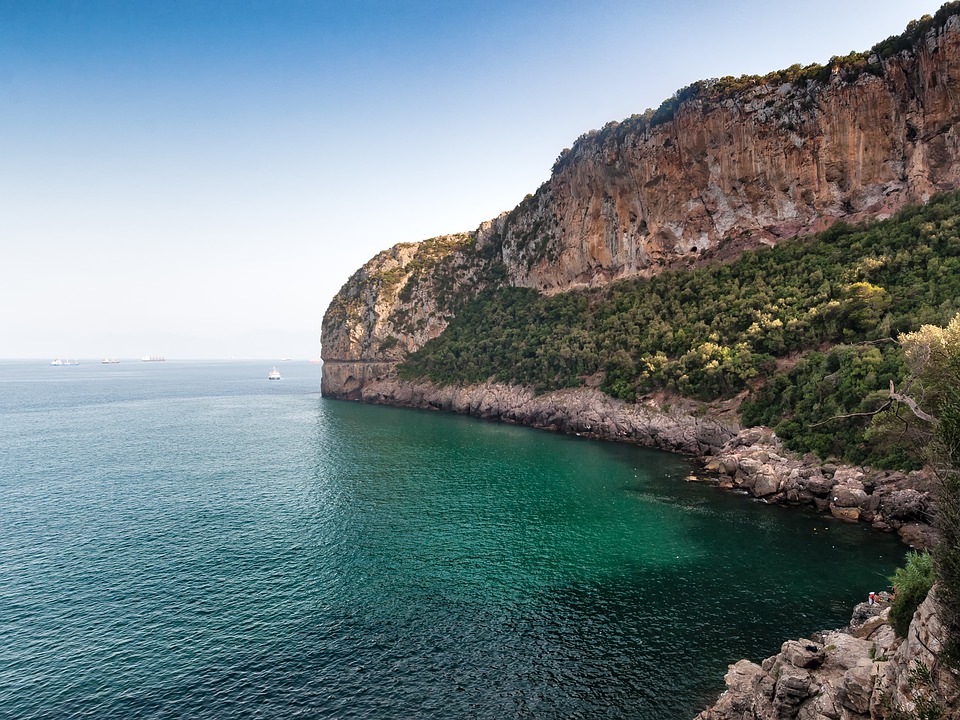
Béjaïa

Biskra
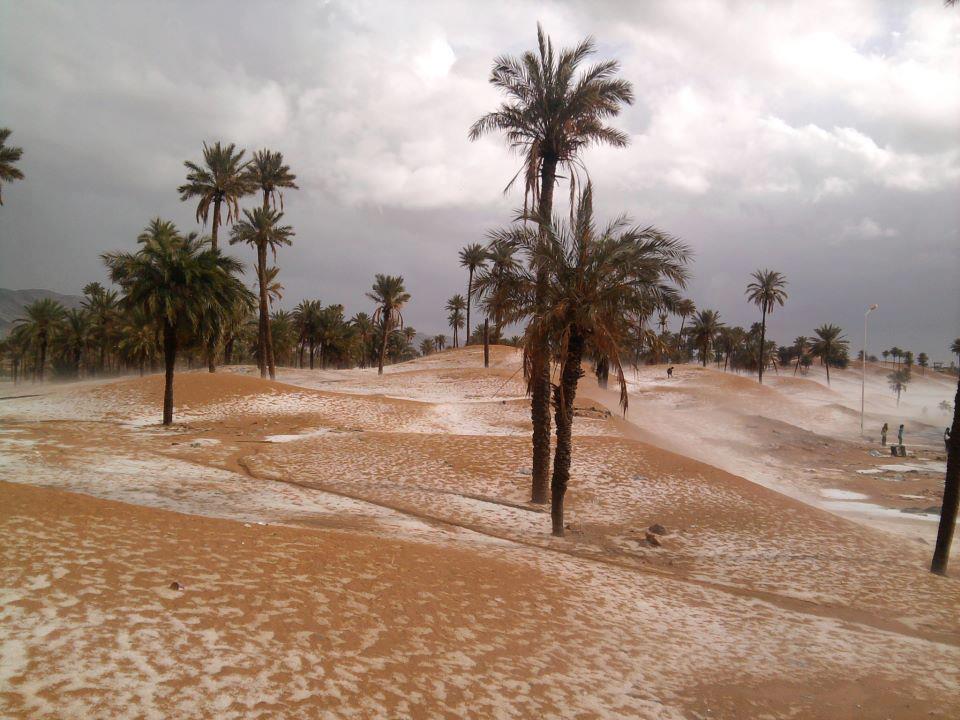
Béchar

Blida
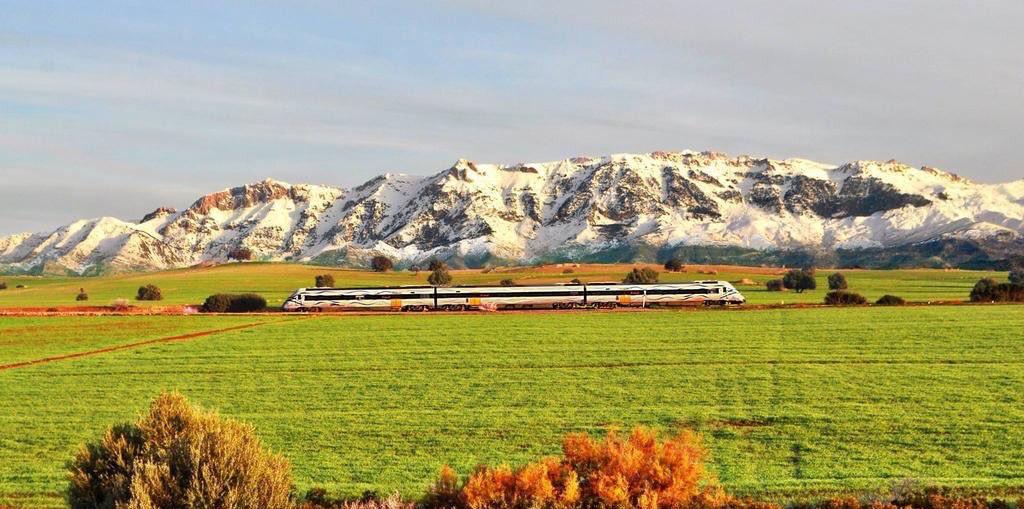
Bouira

Tamanrasset

Tébessa

Tlemcen

Tiaret

Tizi Ouzou

Algiers

Djelfa

Jijel

Sétif

Saïda
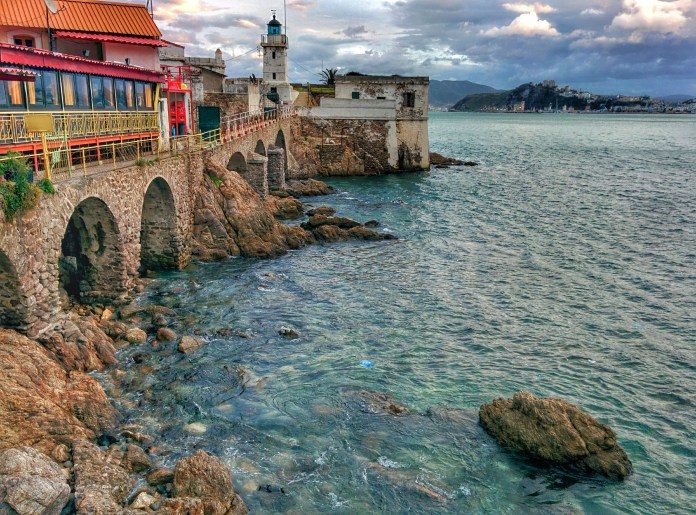
Skikda

Sidi Bel Abbès
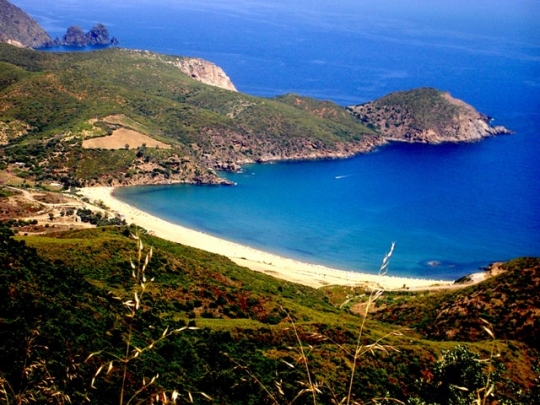
Annaba
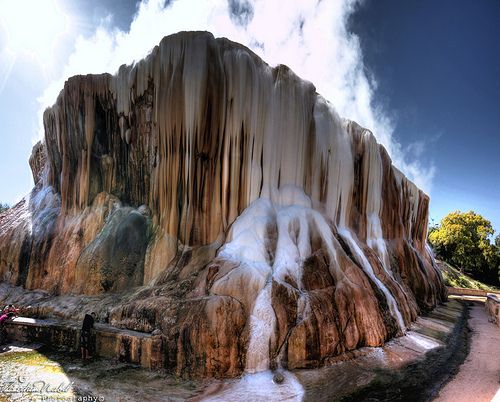
Guelma

Constantine

Médéa

Mostaganem

M’Sila

Mascara

Ouargla
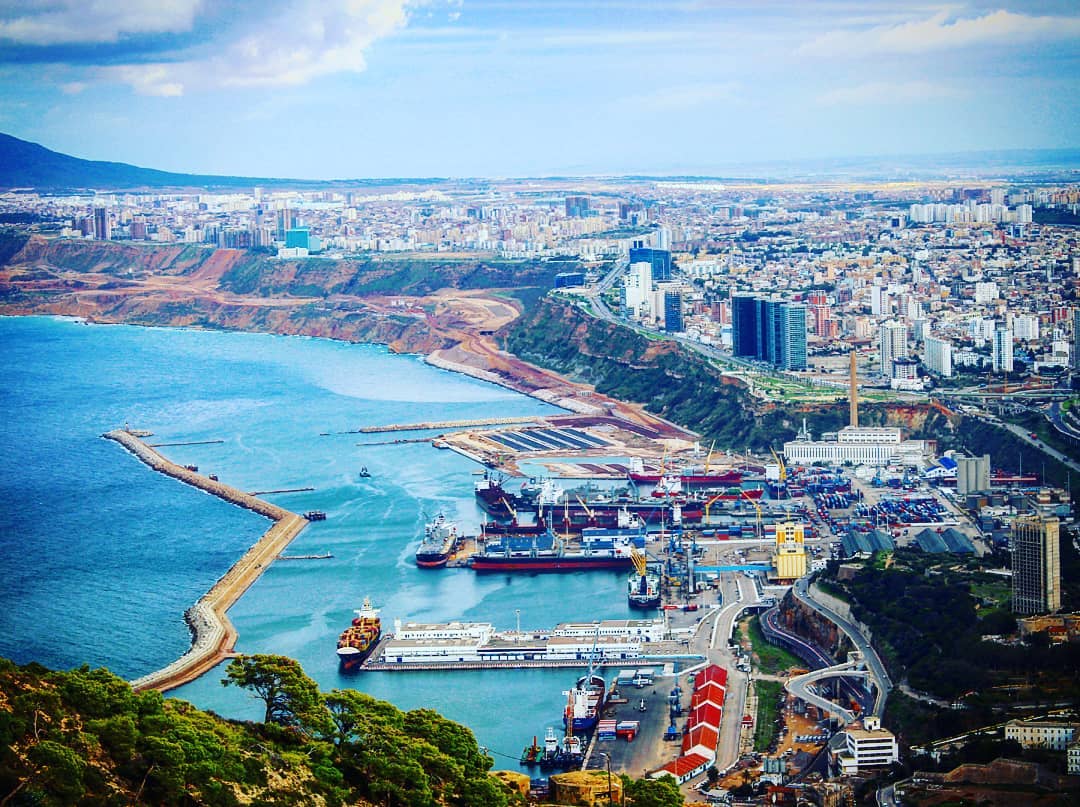
Oran

El Bayadh
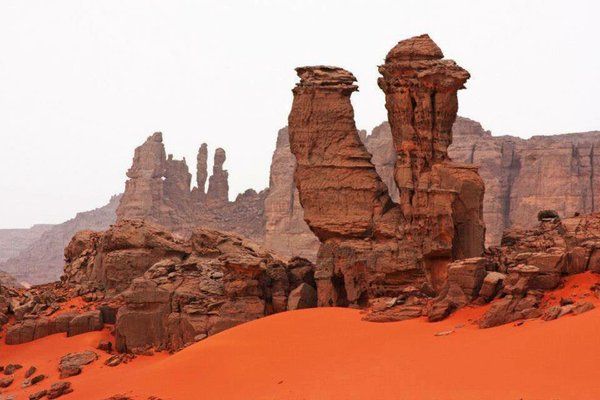
Illizi

Bordj Bou Arréridj

Boumerdès

El Tarf

Tindouf

Tissemsilt

El Oued

Khenchela

Souk Ahras
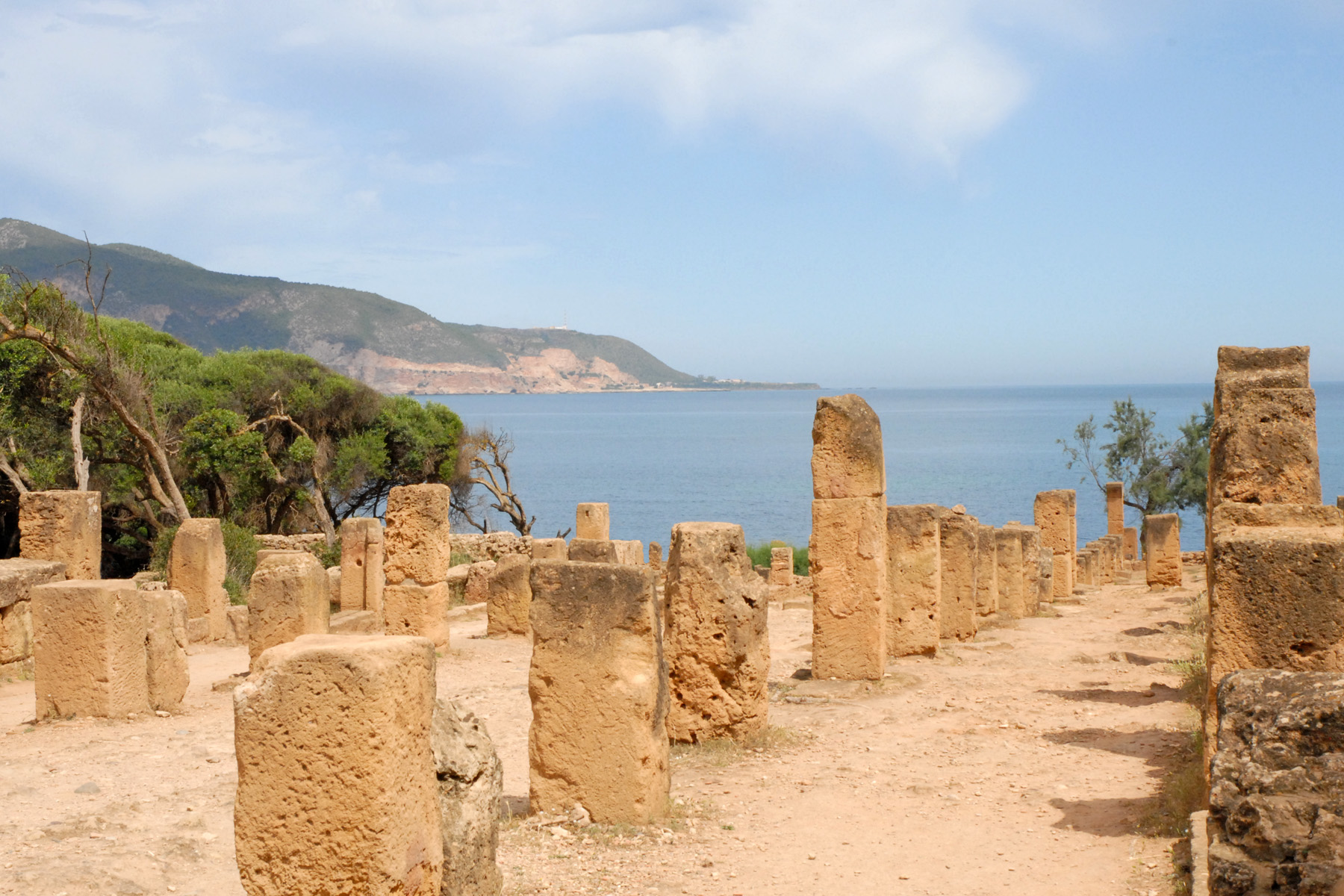
Tipaza

Mila

Aïn Defla

Naâma

Aïn Témouchent

Ghardaïa

Relizane
Before you go 🛩
Important information you should know before your trip
Info

Capital | Algiers
Flag Codes:
ISO alpha-2 DZ,
ISO alpha-3 DZA
Currency
Badge | Algerian Dinar
CODE | DZD
NUMBER | 012
SYMBOL | د.ج
FRACTION | Penny
Mobile Coverage
Dialing Code | +213
SIM Card
Coverage | 3G / 4G / 5G |
Mobile Networks | Djezzy | Mobilis ATM | Ooredoo Mobile |

Location
Algeria is located in North Africa. It is the largest country in Africa by land area and is situated in the northern part of the continent. Here are some geographical details about Algeria:
Bordering Countries: Algeria shares its borders with several countries: Tunisia and Libya to the northeast, Niger to the southeast, Mali to the southwest, Mauritania and Western Sahara to the west, Western Sahara to the southwest, Morocco to the west and northwest, and the Mediterranean Sea to the north.
Capital: The capital city of Algeria is Algiers, which is located along the Mediterranean coast in the northern part of the country.
Geography: Algeria’s landscape is diverse, ranging from the Saharan desert in the south, including the vast expanse of the Sahara Desert, to the mountainous areas in the northern part of the country, such as the Kabylie region and the Aurès Mountains.
Coordinates: The approximate coordinates of Algiers, the capital of Algeria, are 36.7538° N latitude and 3.0588° E longitude.
Algeria’s strategic location in North Africa has had a significant impact on its history and culture, and it is known for its rich cultural heritage, historical sites, and natural beauty.
Currency
The currency of Algeria is the Algerian Dinar, abbreviated as DZD and often represented by the symbol “د.ج” or “DA” in some contexts. Please note that exchange rates can fluctuate, so it’s a good idea to check with a reliable source or a currency exchange service for the most up-to-date conversion rates if you plan to exchange currency or conduct financial transactions involving Algerian Dinars.
Languages
The official language of Algeria is Arabic, specifically a variety known as Algerian Arabic or Darja. Additionally, Berber languages, such as Kabyle, Tamazight, and Tashelhit, are also recognized as national languages in Algeria. French is also widely used in government, education, and media and is often considered a second language in the country. Arabic and French are both used in various aspects of daily life and official communication in Algeria.
Climate 🌡
Algeria has a diverse climate due to its vast size and varied geography. The country experiences a range of climatic conditions, from arid desert climates in the south to more Mediterranean and semi-arid climates in the northern coastal regions. Here’s an overview of the different climate zones in Algeria:
Mediterranean Climate: The northern coastal region of Algeria, including cities like Algiers, experiences a Mediterranean climate. This means mild, wet winters and hot, dry summers. The winters are relatively cool and wet, while the summers are warm to hot and dry.
Semi-Arid Climate: Moving south from the coast, the climate transitions to a semi-arid or steppe climate. This region has less precipitation than the coastal areas and experiences hot, dry summers and cooler winters with occasional rainfall.
Desert Climate: The majority of Algeria’s landmass is covered by the Sahara Desert, which has an arid desert climate. This means extremely hot and dry conditions with very little rainfall. Summers in the Sahara can be scorching, with daytime temperatures often exceeding 100°F (37°C), while nights can be significantly cooler.
Mountain Climates: In the mountainous regions of Algeria, such as the Kabylie and Aurès Mountains, the climate varies depending on the elevation. Higher elevations experience cooler temperatures, and some areas receive more rainfall, making them more suitable for agriculture.
Highland Climate: The Ahaggar Mountains in southern Algeria have a highland or mountain climate, characterized by cooler temperatures at higher altitudes. This region sees more precipitation than the Sahara Desert but still has dry conditions.
Algeria travel tips
If you’re planning a trip to Algeria, here are some travel tips to enhance your experience:
Desert Adventures:
Experience the Sahara Desert through guided tours, camel treks, or overnight stays in desert camps for a unique cultural immersion.
Historical Sites:
Explore ancient ruins like Timgad and Djemila, showcasing Algeria’s rich history and UNESCO World Heritage sites.
Weather Considerations:
Pack accordingly for diverse climates; the Sahara Desert can be hot, while coastal areas have milder temperatures.
Cultural Sensitivity:
Respect local customs and traditions; dress modestly, especially in religious sites, and ask before taking photos of people.
Transportation:
Plan your transportation in advance. Public transport may vary in quality, so consider renting a car or hiring a local guide. View Guide.
National Parks:
Explore the diverse landscapes of national parks like Tassili n’Ajjer and Ahaggar for stunning natural beauty.
Festivals and Events:
Check the calendar for local festivals or events, providing a unique opportunity to experience Algeria’s vibrant culture.
Enjoy your time in Algeria!

The best of the best
Algerian cuisine is rich and diverse, reflecting the country’s history, culture, and geography. It draws influences from Berber, Arab, Mediterranean, and French culinary traditions.

Couscous
Couscous is a staple food in Algeria. It is often served with a flavorful stew made from meat (such as lamb, chicken, or beef), vegetables, and a variety of spices.

Tagine
Tagine refers to both a North African stew and the earthenware pot in which it is cooked.

Brik
Brik is a popular appetizer in Algeria. It consists of thin pastry (similar to a spring roll wrapper) filled with a mixture of egg, tuna, capers, and parsley.
Here are some typical foods and dishes you might find in Algeria:
Merguez: Merguez sausages are a common street food in Algeria. These spicy sausages are made from ground lamb or beef mixed with spices like paprika, cumin, and chili pepper.
Chakhchoukha: Chakhchoukha is a traditional dish made from torn or shredded flatbread that is soaked in a tomato-based sauce and topped with vegetables and spices. It’s often served with lamb or merguez.
Mechoui: Mechoui is a whole roasted lamb or sheep, often prepared for special occasions and celebrations. The meat is seasoned and slow-roasted until tender and flavorful.
Tajine El Bey: This is a classic Algerian dish made with lamb or chicken, almonds, and a sweet sauce made from honey and saffron. It combines sweet and savory flavors.
Makroud: Makroud are semolina-based pastries stuffed with dates, then deep-fried and sometimes coated in honey or sugar syrup. They are a popular dessert or snack.
Baklava: Algerian baklava is a sweet pastry made from layers of phyllo dough filled with chopped nuts and sweetened with honey or syrup. It’s a dessert often enjoyed during special occasions.
M’hadjeb: M’hadjeb are savory stuffed pancakes made from semolina flour and filled with various ingredients like onions, tomatoes, and spices. They are a popular street food.
Harira: Although more commonly associated with Moroccan cuisine, harira is a popular soup in Algeria, especially during Ramadan. It typically contains tomatoes, lentils, chickpeas, and a mix of herbs and spices.
Algerian cuisine offers a diverse range of flavors and dishes, and it reflects the country’s cultural and culinary heritage.
Transportation 🚥
More information about this country
Choose your destination 📍🗺
Useful Links ✅



